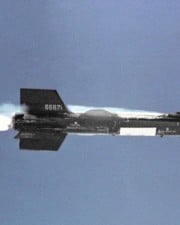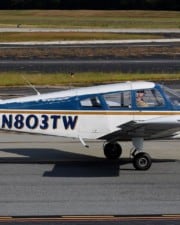Hypersonic unmanned aircraft are the fastest aircraft in the world, and thus it is inevitable that they are easy to intrigue people around the world. These aircraft are largely developed by governments around the world in an effort to outdo each other in the everlasting power struggle of countries like the United States, Russia, China, and others. Take a look at this list of the fastest unmanned hypersonic aircraft and decide for yourself who comes out on top.
Today, many countries are attempting to develop hypersonic weapons, as well as the perfect hypersonic plane, and Russia and China are the leaders in this activity. The United States is third on this list, and in 2018 Russia launched the Avangard, which is a hypersonic glide vehicle.
In addition, in 2019 the Pentagon allocated more than $157-million to the development of hypersonic defense, which is certain to lead to the development of more weapons and airplanes, among other things.
The speed of sound is considered Mach 1, and hypersonic weapons can fly five times faster than that; that is, at Mach 5.
When you think of hypersonic weapons and aircraft, this basic definition is what they refer to, and it can also refer to hypersonic sound – for instance, sound frequencies above about a thousand-million megahertz.
While this is difficult to imagine, it does offer a lot of potential for the space programs all over the world, and if you’re curious which planes fall under this category, read on.
Keep in mind that some of these projects are developed under secretive conditions, thus the reported top speeds vary from source to source and should be interpreted with a healthy dose of skepticism.
10. XCOR Lynx (Mach ?)

- Country: United States (XCOR Aerospace)
- Status: Abandoned
The Lynx hypersonic plane was supposed to carry one pilot and one ticketed passenger, and possibly a payload of above 62 miles. Developed by XCOR Aerospace, it missed several important deadlines until, in 2017, the company went into bankruptcy and plans were halted.
Many people were disappointed because there were even competitions to determine who would be that one lucky participant.
The Lynx never had a propulsion system except for the rocket’s engines, and, therefore, it had to be towed to the end of the runway. After this happened, the pilot had to ignite the four engines and take off by completing a steep climb.
The winners who made it on the plane were going to experience up to four times normal gravity when the plane re-entered the atmosphere, which would’ve been a thrill to experience. However, this did not take place since that final flight was never a reality.
9. Boeing X-51 Waverider (Mach 5.1)
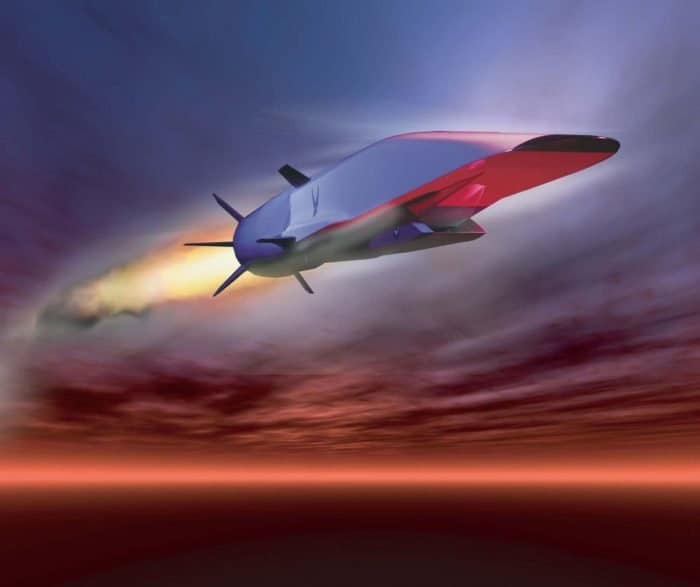
- Country: United States
- Status: Program successfully completed
A hypersonic plane designed specifically for Mach trials, it completed its first unmanned power flight in May of 2010. The X-51 program included participants such as NASA, the U.S. Air Force, Boeing, the Defense Advanced Research Projects Agency (DARPA), and Pratt & Whitney Rocketdyne. In fact, the technology used in this plane is planned to be used in the High-Speed Strike Weapon (HSSW), which is a Mach 5+ missile that is planned to be in service in the mid-2020s.
The X-51 Waverider is 25 feet long and has a maximum speed of roughly 3,900 MPH, or Mach 5.1 (approximately). It is an unmanned aircraft that has a service ceiling of 70,000 feet. When it flew in 2010, researchers collected telemetry data for 370 seconds of flight, which then proved that it did, in fact, complete the program.
8. REL Skylon (Mach 5.5)

- Country: United Kingdom
- Status: Under development
Developed by Great Britain, this plane was the result of a series of designs by Reaction Engines Limited (REL) and consisted of an air-breathing rocket propulsion system.

The goal is to get to a speed of Mach 5.4 and an altitude of 85,000 feet. Although designed to be unmanned, there is a proposed module that allows for one crew member – a captain.
In addition, the Skylon can accommodate up to 24 passengers and has a payload of 33,000 lbs. It is 273 feet long and 44 feet high, and the fuselage diameter is more than 20 feet. The engine is a SABRE engine, and there are four of them in this aircraft.
7. Lockheed Martin SR-72 (Mach 6)
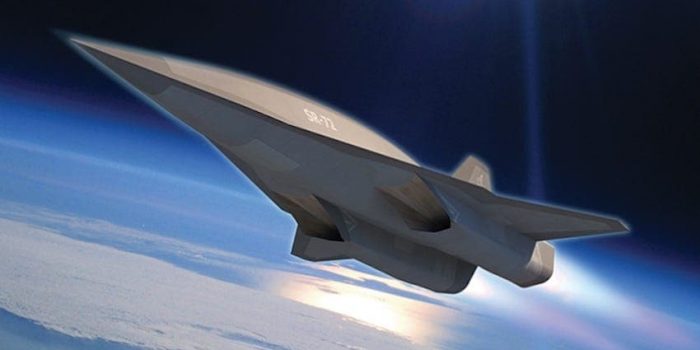
- Country: United States (military)
- Status: Unclear
This is another plane that never made it to its goals, and it started as a way to obtain intelligence, reconnaissance, and surveillance information. It was an unmanned aerial vehicle (UAV) with no payloads identified, even though its intent was to reach Mach 6 and 80,000 feet.
This is quite a lofty goal and, in fact, it is likely that new weapons and sensors would’ve had to be created to operate at speeds such as these.
In fact, Lockheed Martin had to collaborate with Aerojet Rocketdyne to develop the best engine for the job. The intent was to provide the plane with an air-breathing hypersonic propulsion system that would have accommodated a Mach 6 speed using that same engine.
6. Hypersonic Technology Demonstrator Vehicle (HSTDV) (Mach 6.5)

- Country: India
- Status: Under development, testing
The HSTDV is an unmanned scramjet demonstration aircraft that is run by the Indian Defense Research and Development Organization, and it is part of India’s goal of providing an unmanned flight for 20 seconds, while at the same time using a solid rocket launch booster. Eventually, their target is a speed of Mach 6.5 and an altitude of 20 miles.
In June of 2019, the HSTDV was tested and was a partial success, since the ballistic carrier vehicle didn’t complete the mission. Details on the event are fuzzy, but the Indian Ministry of Defense attested that the missile was, indeed, launched and that the data they received is going to be used for validation of critical technologies.
5. North American X-15 (Mach 6.70)

- Country: United States (military)
- Status: Retired
The X-15 was a collaboration between NASA and the U.S. Air Force. In the 1960s, the plane set all types of records, and it even went to outer space and returned with valuable data that is still used in the development of spacecraft and aircraft today.
This plane is actually a manned aircraft but we felt it deserves a place on this list anyway. In October of 1967, one of the records was set when the X-15, manned by William J. Knight, flew at Mach 6.70 and a speed of 4,520 Mph.
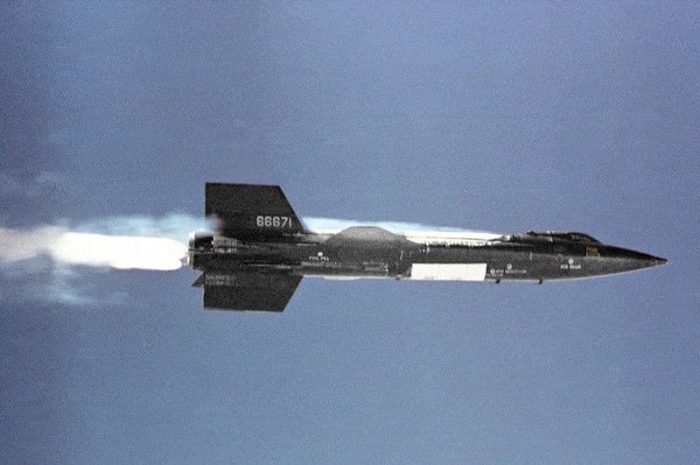
The X-15 can climb 60,000 feet per minute and has a wing area of 200 square feet. It is also more than 50 feet long and 13 feet high. Many famous pilots have flown the X-15, including Neil Armstrong, who piloted the plane in 1962 and reached nearly 4,000 MPH.
4. Boeing X-43 (Mach 9.6)
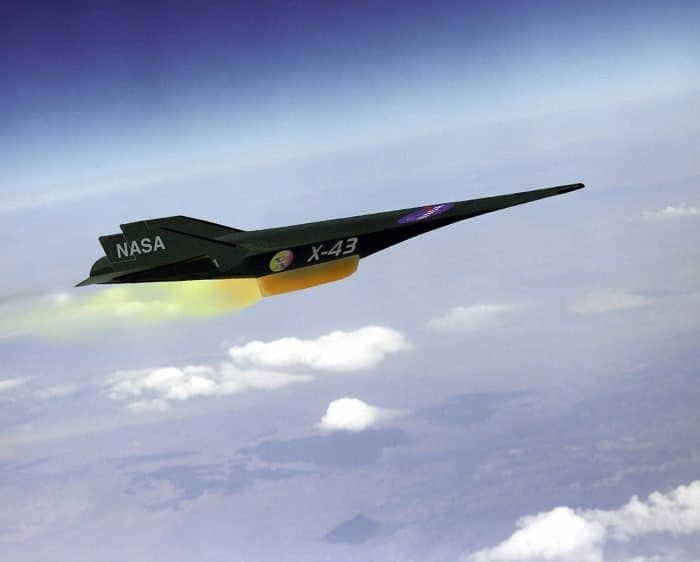
- Country: United States
- Status: Successfully tested, now cancelled
The X-43 went into space without a crew and is the fastest aircraft on record, boasting a Mach speed of 9.6. A winged booster rocket once flew on an X-43 and drop-launched from a Boeing B-52 Stratofortress.
The rocket was eventually discarded, allowing the X-43 to fly using just its engine, which is known as a scramjet. These scramjets are able to operate at Mach speeds of 4.5 or higher.
There are also different versions of the Boeing X-43, including the X-43A, X-43B, X-43C, and X-43D. Each of these aircraft have since been cancelled, most replaced with planes such as the Boeing X-51A, which was dropped from a B-52 in May of 2010.
3. CAIC / AVIC WU-14 / DF-ZF (Mach 10)

- Country: China
- Status: Under development, first flight October 2019
This is a Chinese hypersonic glide vehicle that wasn’t officially in operation until early October of 2019. In fact, it first flew on the 70th anniversary of the People’s Republic of China, which made the testing quite significant. Known as the WU-14 by the Pentagon, the DF-ZF is believed to reach speeds of between Mach 5, i.e., 3,800 MPH; and Mach 10, or 7,680 MPH.
There is one weakness in this aircraft, and that is the lack of high-performance computing power, which translates into less successful design attempts. The aircraft could possibly be fitted to several of China’s ballistic missiles, although it is more likely to first be used in anti-ship missiles and other short-range goals.
2. SHEFEX (Mach 11)

- Country: Germany
- Status: Under development
Known as the Sharp Edge Flight Experiment, this hypersonic plane is an experiment conducted by Germany with the intent of developing newer, less expensive, and safer design principles for objects such as hypersonic vehicles, space capsules, and space planes that have the capability to re-enter the atmosphere and integrate into a complete system.
So far, there have been at least four versions of the SHEFEX plane.
The reason the plane is supposed to study re-entry is because of the problems usually associated with re-entry when flying at high rates of speed.
This includes the planes’ heat shields, which must be dependent on materials that are sometimes fragile and often very expensive. One of the goals of the SHEFEX, therefore, is to gain the knowledge necessary so that solutions to this problem can be developed.
1. Avangard (Mach 27)
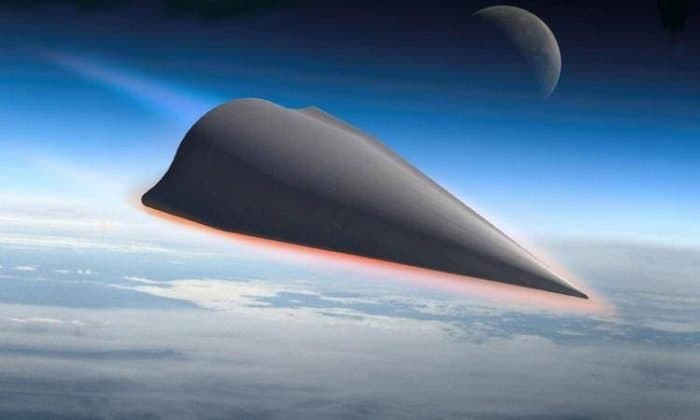
This is a hypersonic glide vehicle that is one of six new Russian strategic weapons revealed in March of 2018.
When it approaches a certain target, the glider emits sharp high-speed horizontal and vertical evasive maneuvers in flight, meaning it is considered to be invulnerable for any type of defense system.
The blast yield of any nuclear warhead fitted onto the Avangard is believed to be more than two megatons of TNT.
Also known as the YU-71 or YU-74, the Avangard has been test-flown many times.
According to Russian reports, the Avangard has actually reached a top speed of Mach 27. This makes it the fastest hypersonic aircraft in the world.
It was announced in early 2018 that the aircraft is completed and is now ready to be used in real life. That is when the first successful flight took place.
Related Posts



